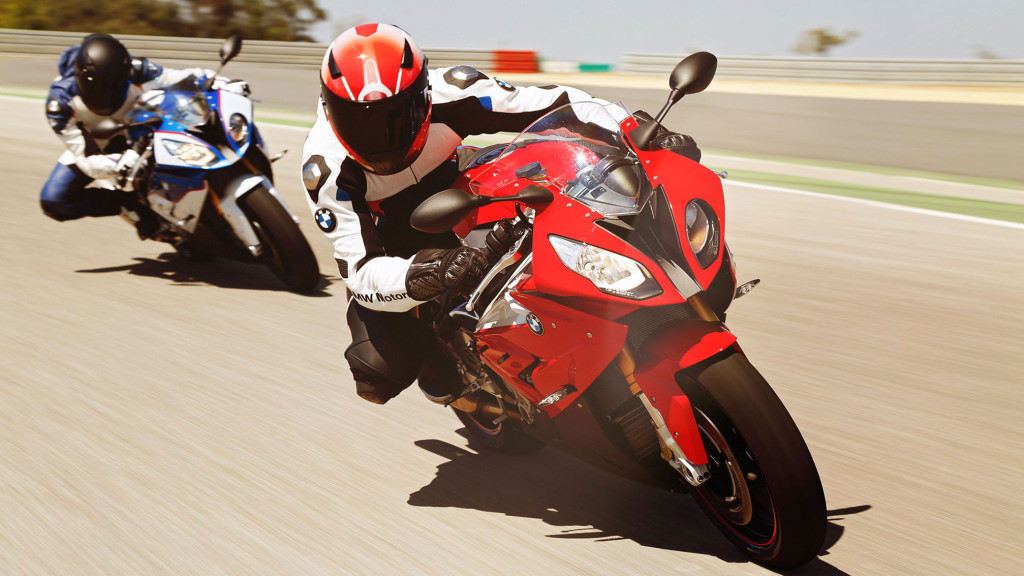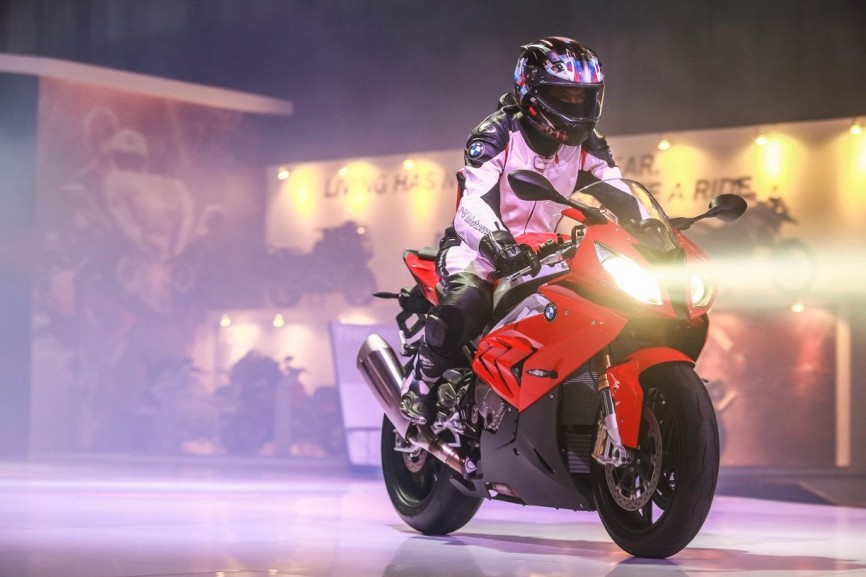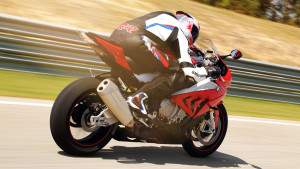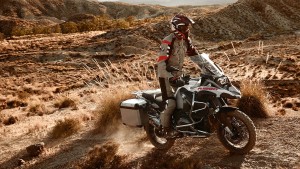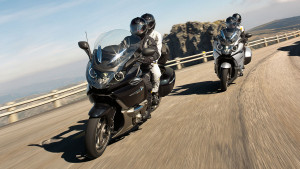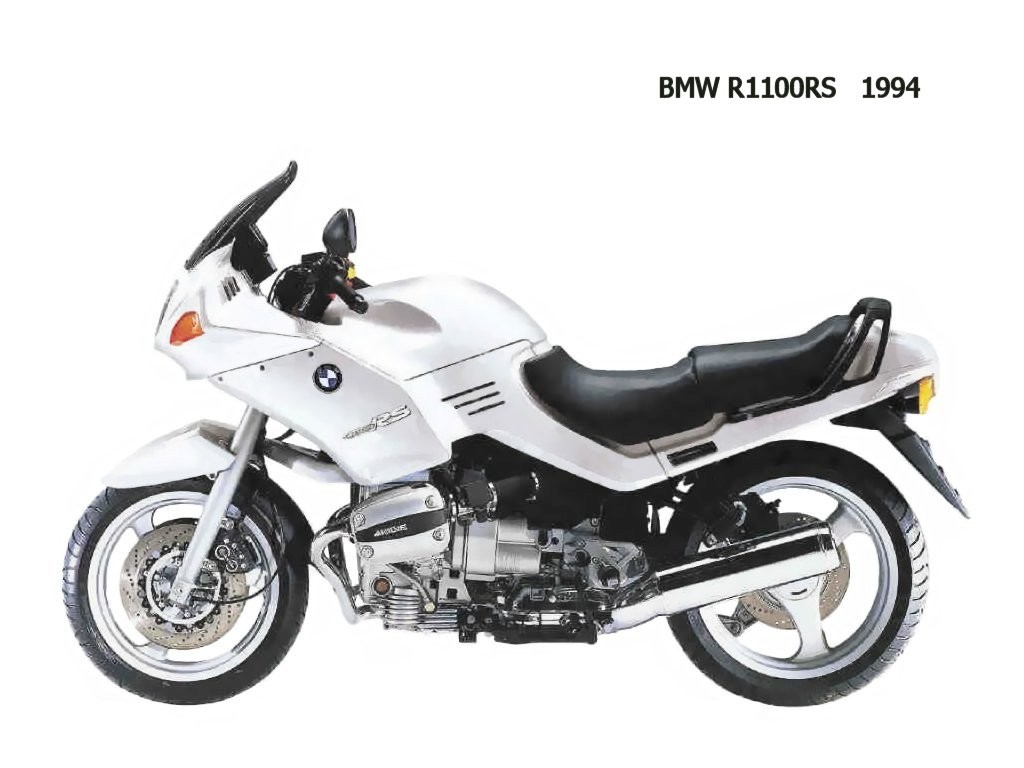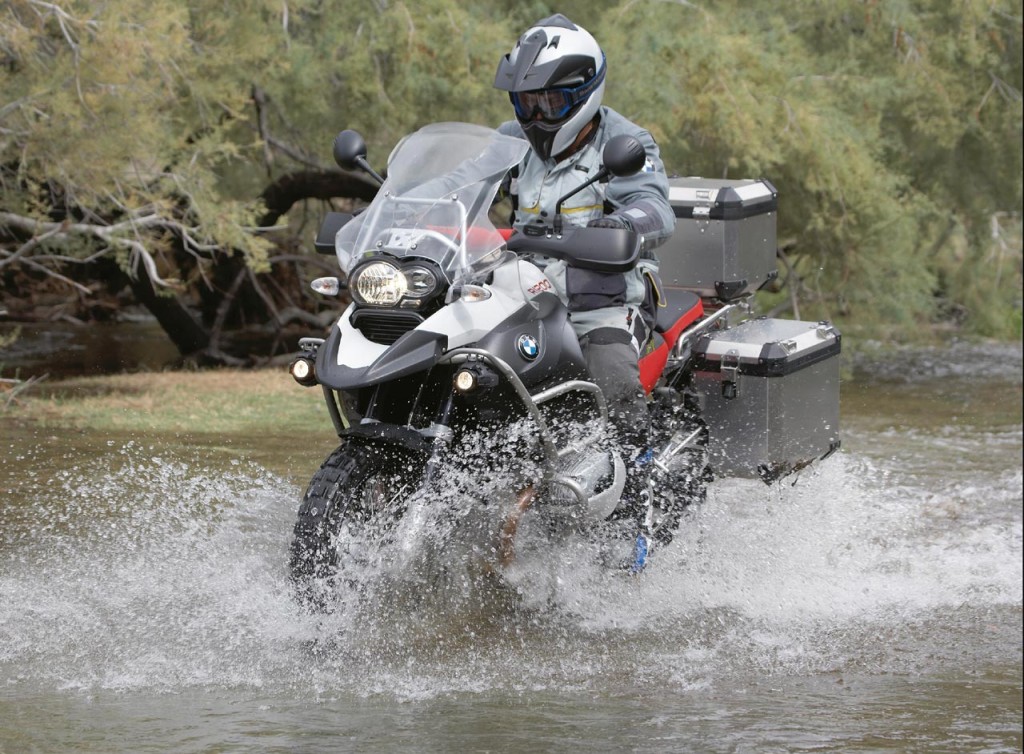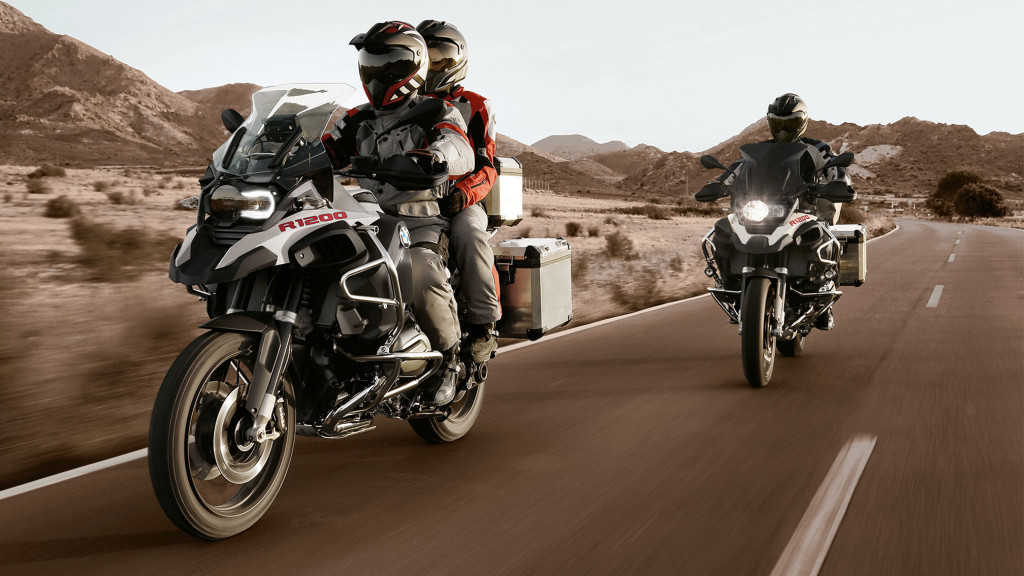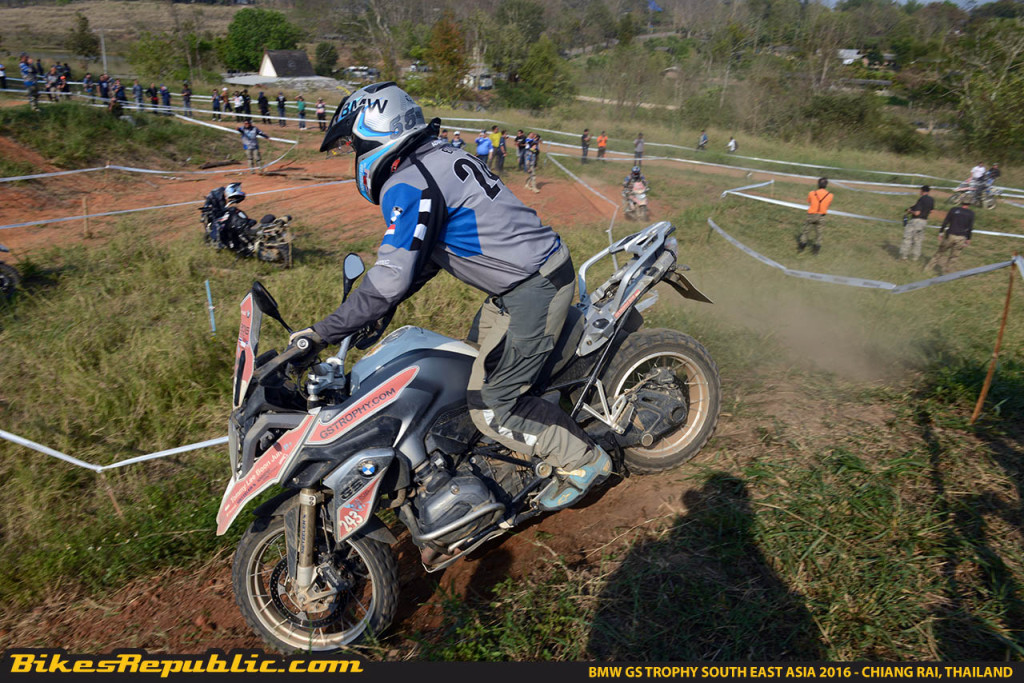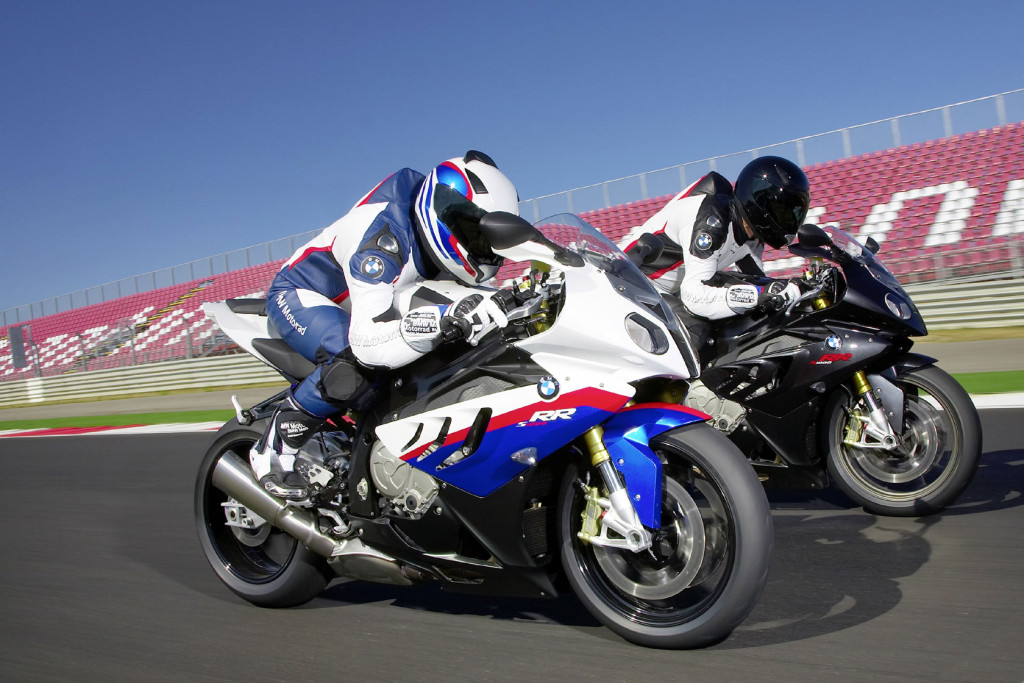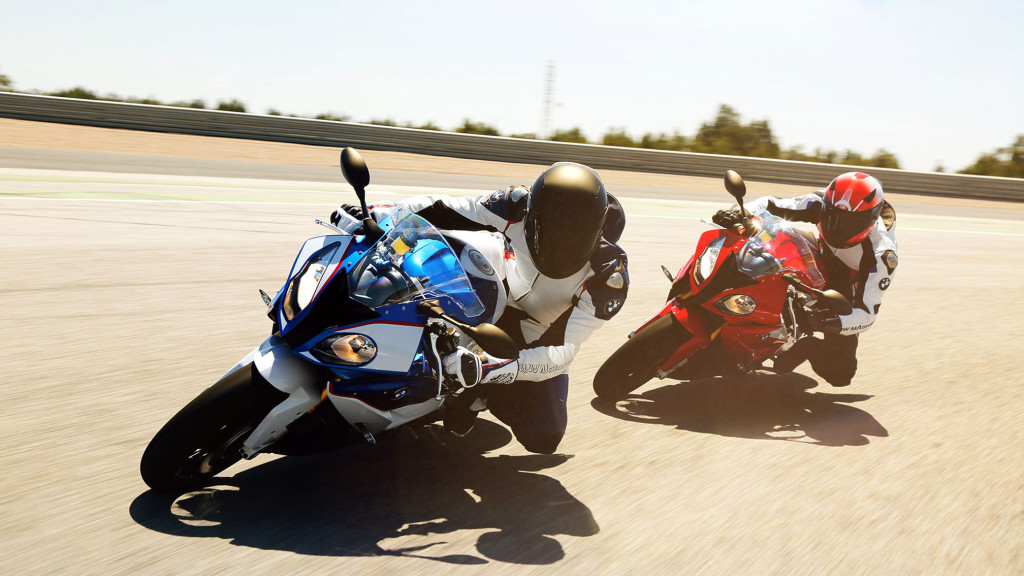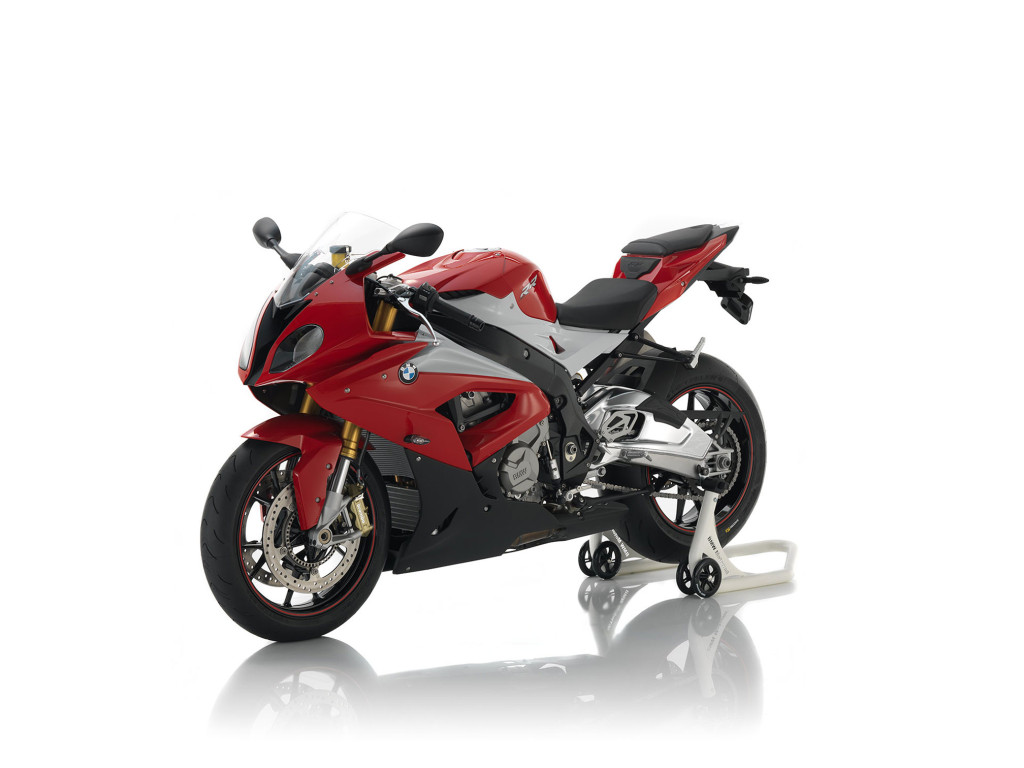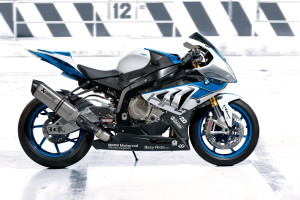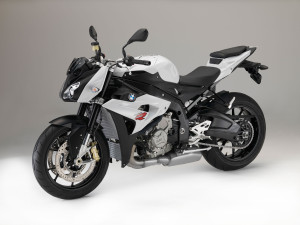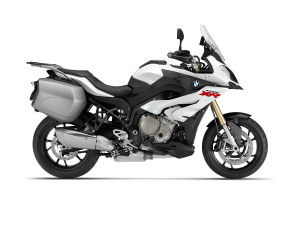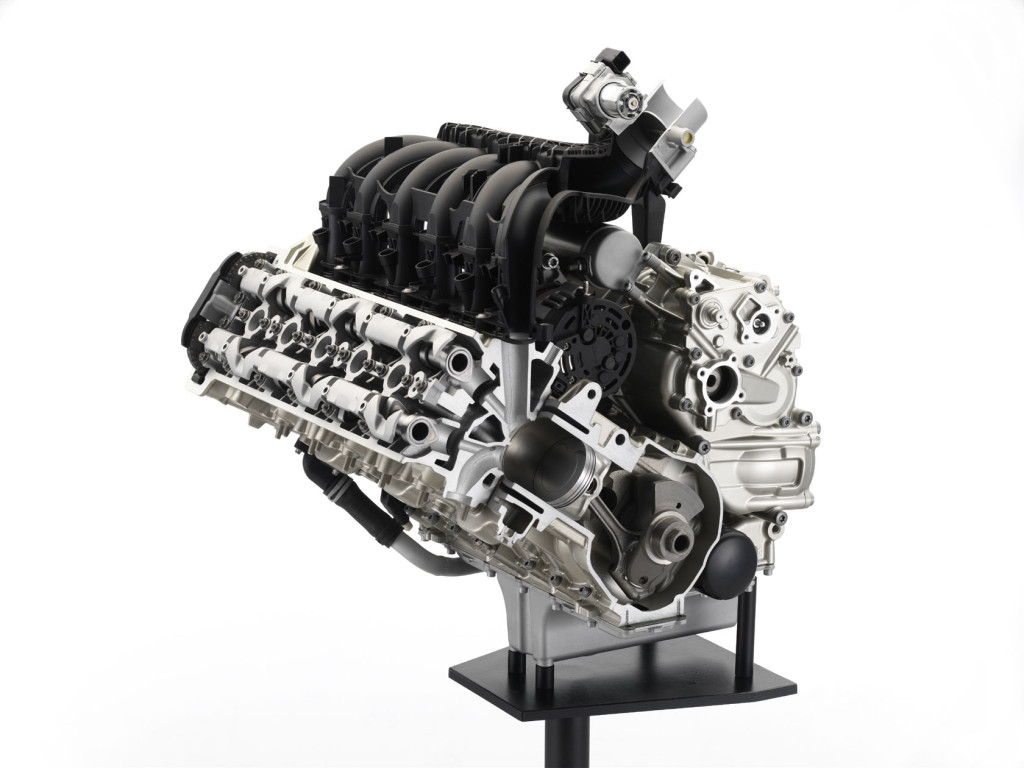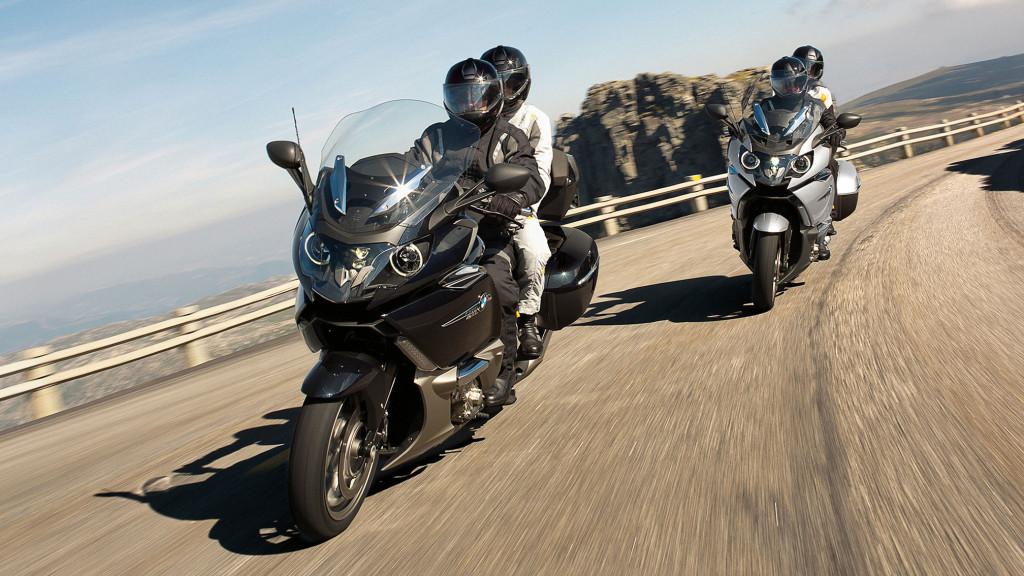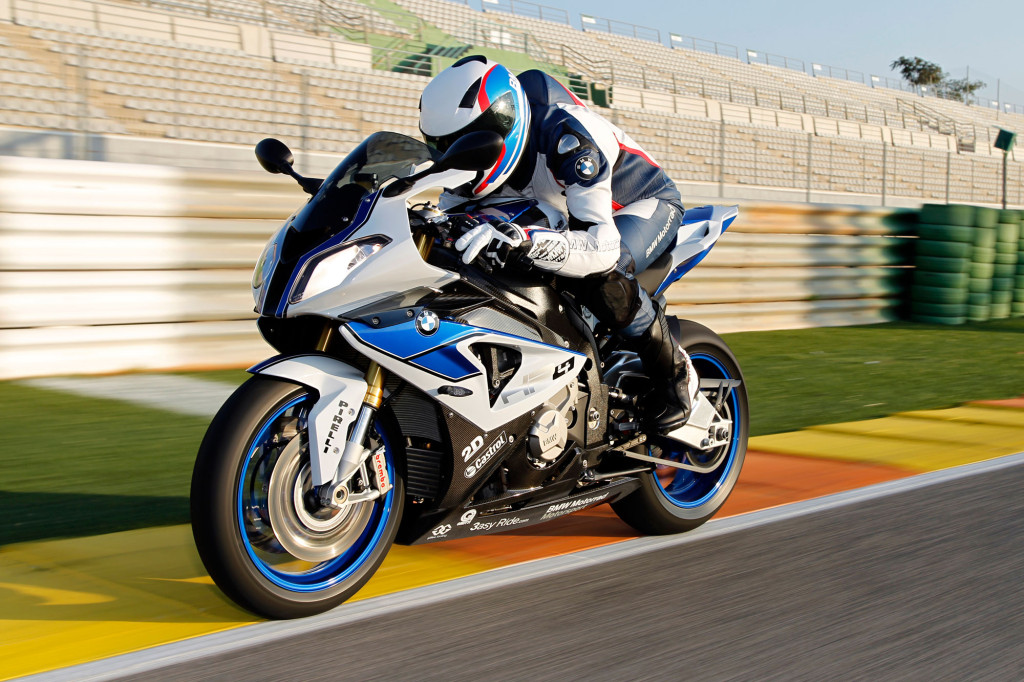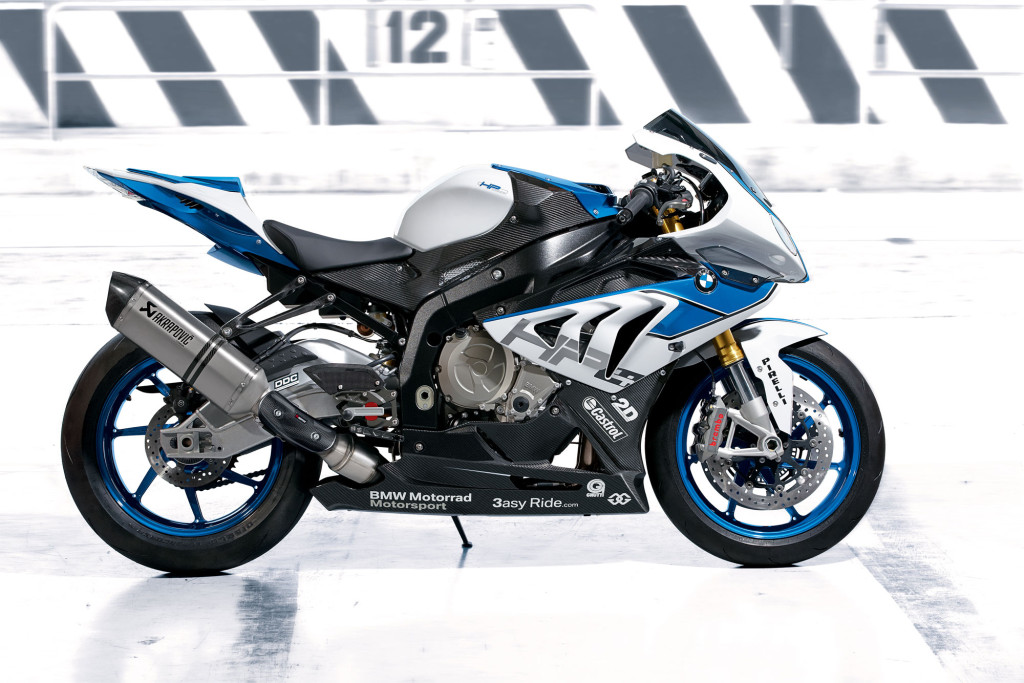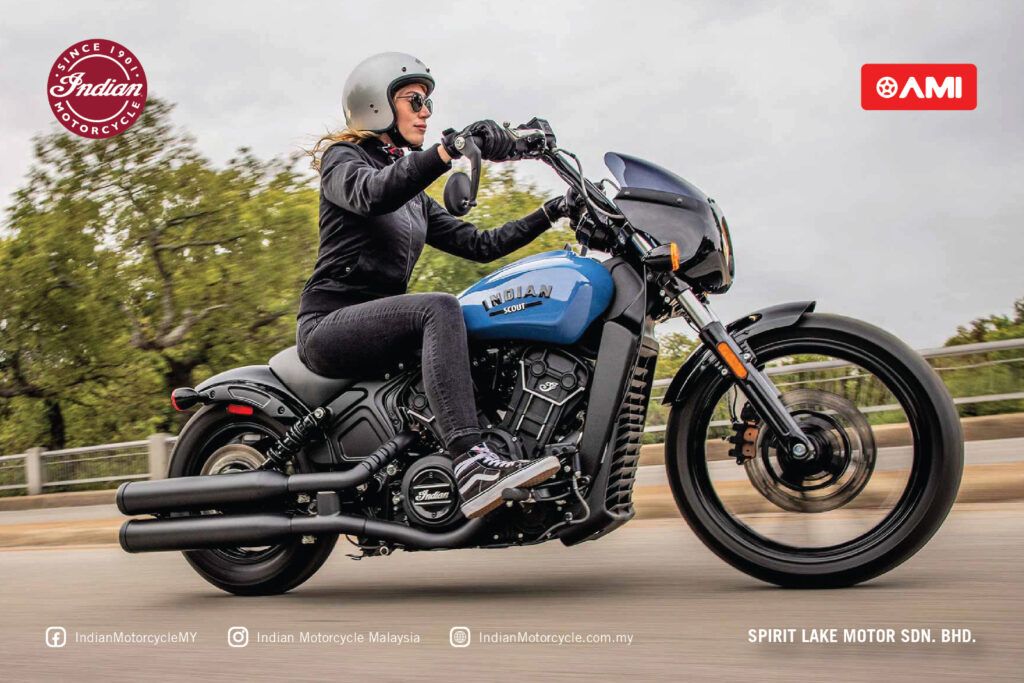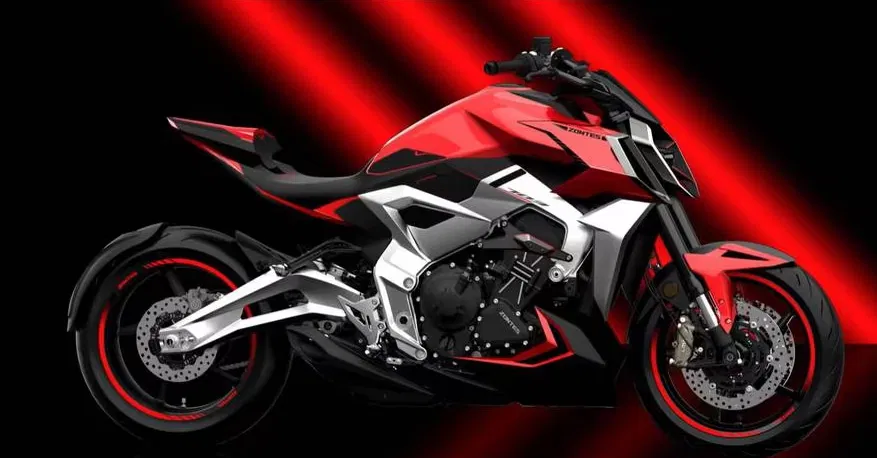We list down 12 bikes that has shaped and defined the famed BMW Motorrad marque.
This week, the BikesRepublic team are going full swing on celebrating all things BMW Motorrad. If you didn’t know, the famed marque from Bavaria is celebrating its 100th anniversary this year.
With that, we decide to look back into BMW Motorrad’s history and list down some of the greatest bikes that shaped and defined the German marque to what it is today.
1. BMW R32
We start off our list with the first ever motorcycle to wear the famed Bavarian badge – the BMW R32. Produced between 1923 and 1926, this is the Motorrad that started it all.
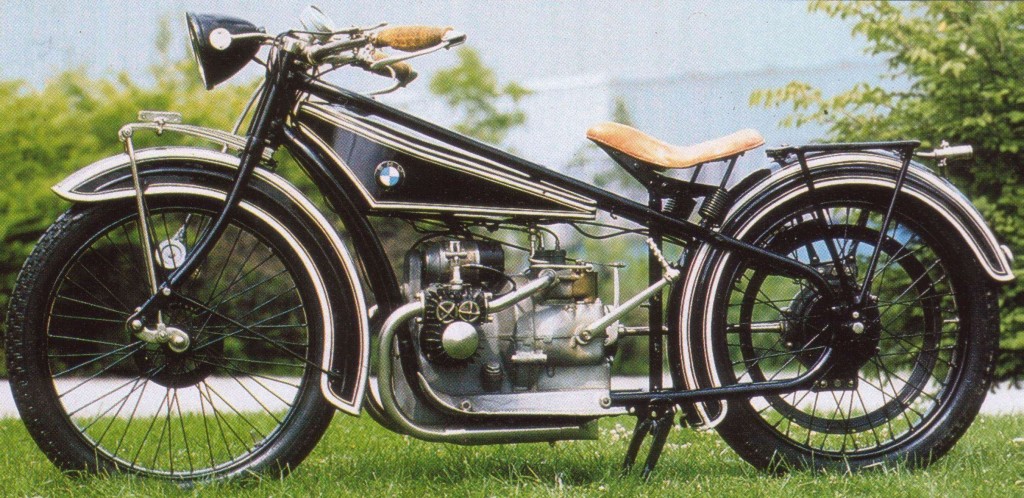
Transitioning from an aircraft engine manufacturer at the time, it explains how the R32 stood apart from its peers by having an air-cooled 494cc flat-twin (or boxer-twin) engine that powered the rear wheel through a shaft final drive setup.
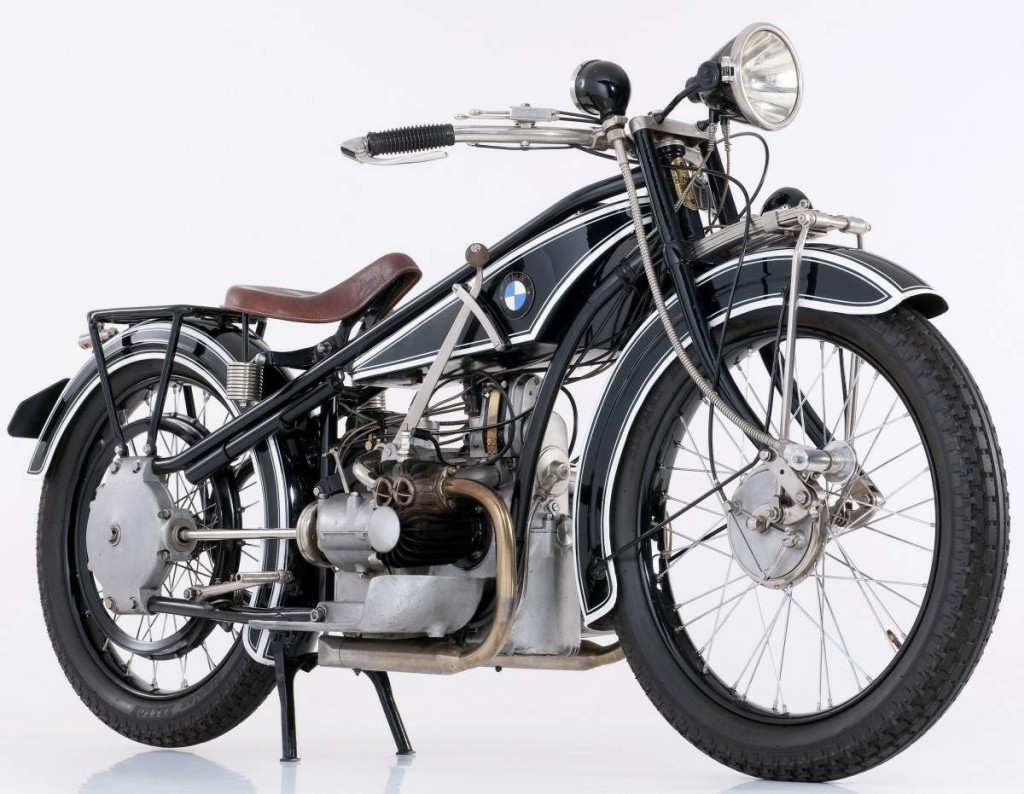
The boxer mill derived from BMW’s expertise as an aircraft engine supplier was technically ahead of its time as it was one of the first motorcycles to adopt a wet sump oiling system. More importantly, the R32’s boxer engine and shaft drive setup quickly engrained itself into the brand’s DNA and lasts to this very day in its core models.
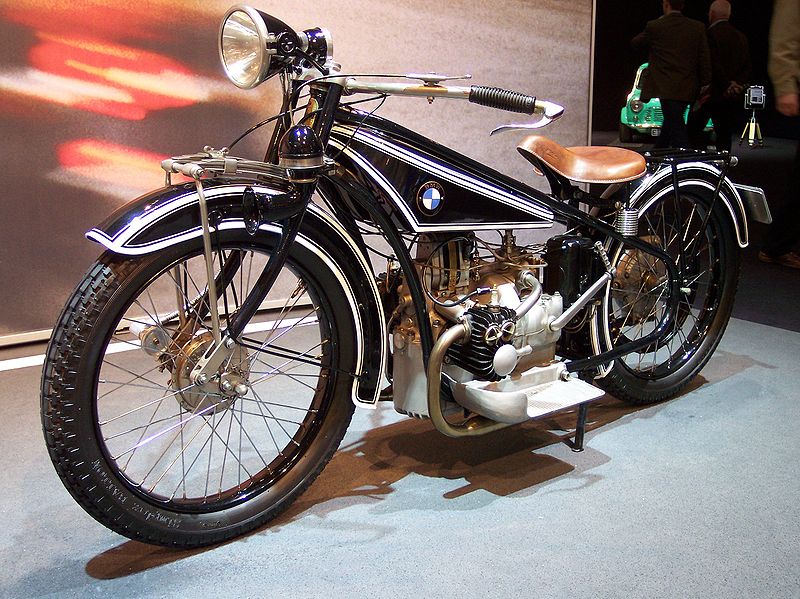
A ‘genesis’ model as such is truly second to none, and its success spurred the start of what would become a brand that’s at the very pinnacle of motorcycling today.
2. BMW Kompressor
Shortly after developing the R32, it didn’t take long before BMW’s bikes entered the racing scene and charted success. One of the earliest and perhaps most radical is the BMW Kompressor race bike built from 1926 to 1939.
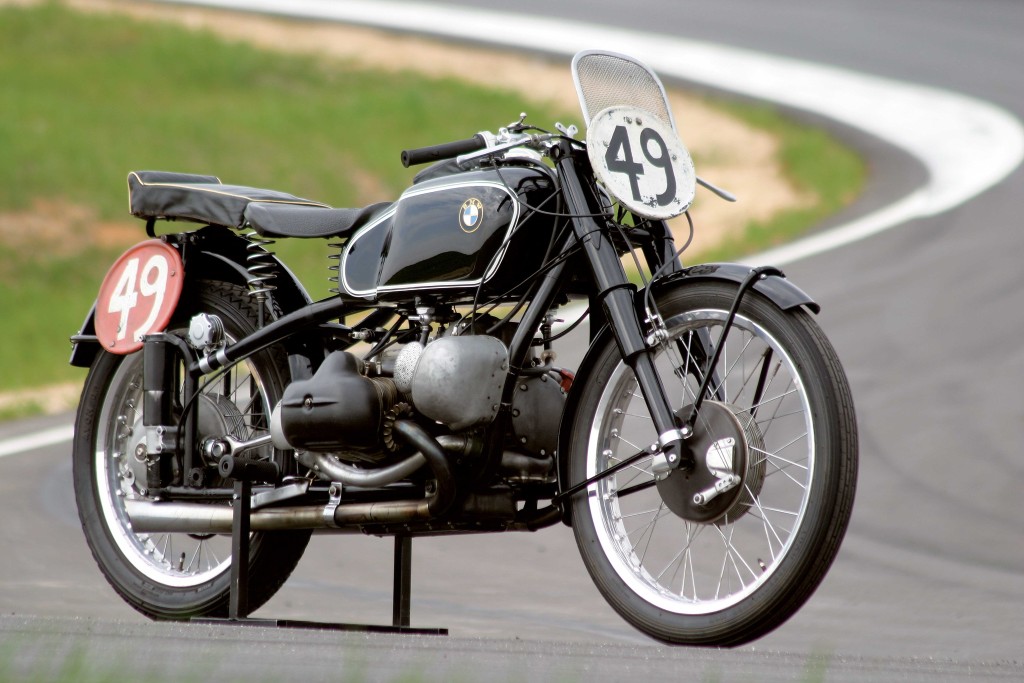
Like the R32, the Kompressor was ahead of its time as its flat-twin mill came primed with a supercharger. Yes, you read that right, BMW were one of the first to experiment with forced induction in bikes by adding a supercharger to its flat-twin boxer engine in 1926 – a good 90 years before the Kawasaki Ninja H2.
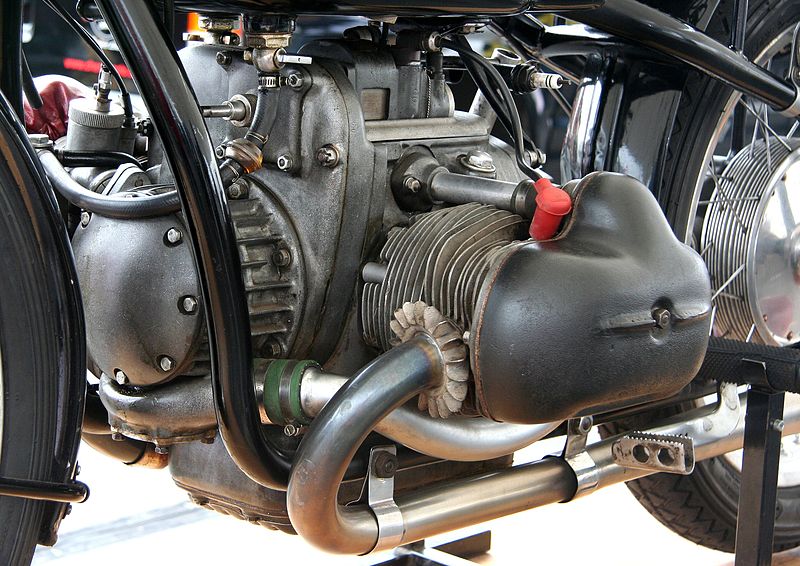
The aim was to beat the top-handling Norton race bikes of the time using raw power. The Kompressor was able hit speeds close to 225km/h in an era when most road bikes could only do half that. BMW perfected this blown boxer’s performance and later won the famed Isle of Man TT race in 1939.
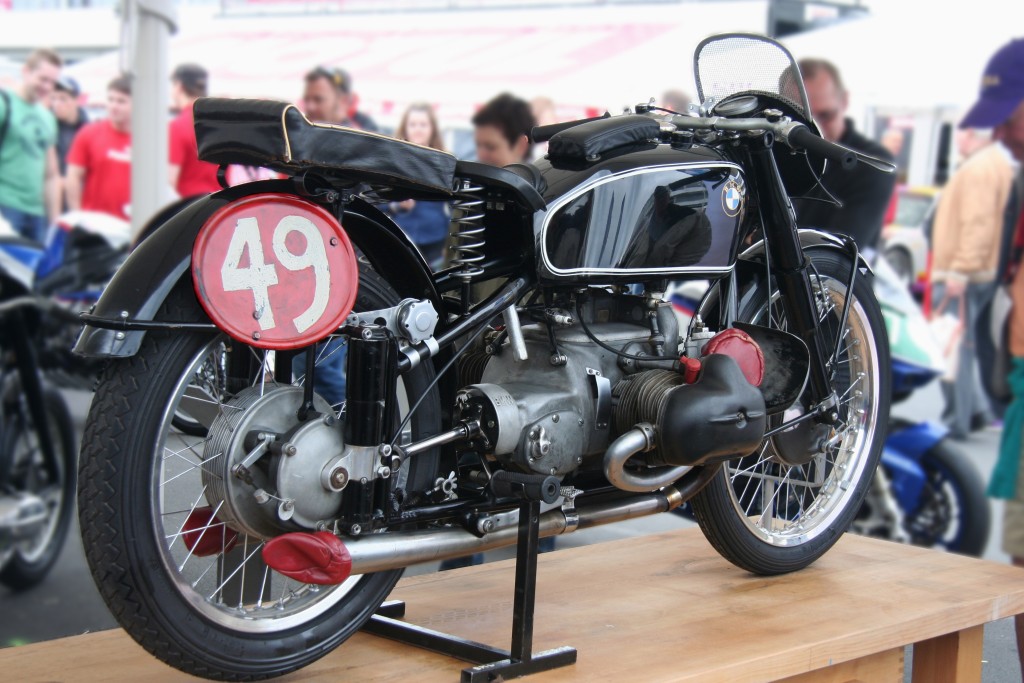
Soon after, the BMW Kompressor retired into obscurity and it took close to nine decades before supercharging returned into bikes. For pioneering this, the BMW Kompressor race bike deserves a high place in our books.
3. BMW R69
In the post-WWII era when many other rivalling German brands were shuttering, BMW Motorrad persevered here thanks to the R69. Produced between 1955 and 1960, the BMW R69 drove BMW out of the post-war slum.
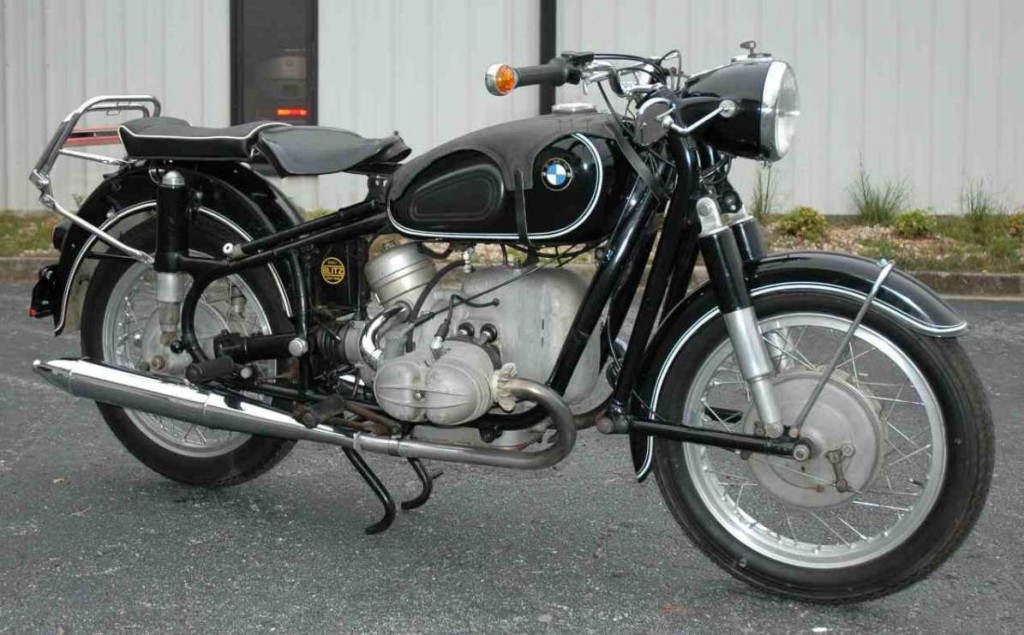
Again, it was set apart from its peers by having a 549cc boxer-twin heart and shaft final drive setup. This seemingly advanced mechanical innards was masked by the rather conservative outlook the R69 had.
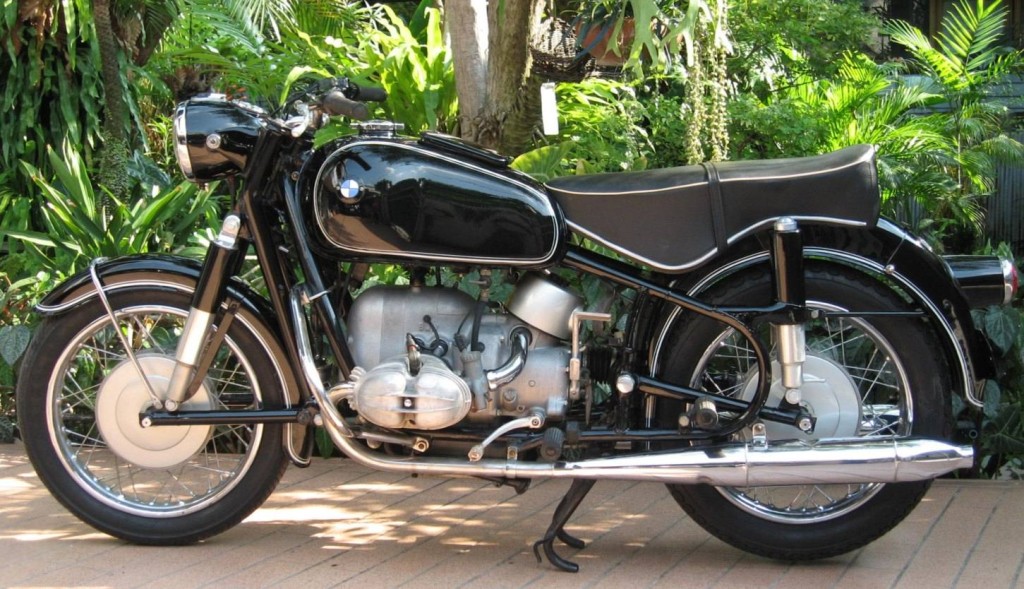
Nevertheless, the R69 would later evolve itself to become the more powerful R69S and R69US models that were produced right up until 1969. In total, 15,347 rolled off BMW’s production line and kept its post-war business as strong as it ever was.
4. BMW R75/5
BMW Motorrad’s post-war renaissance model only came in 1969 when it debuted the BMW R75/5. It stood as BMW Motorrad’s first new model from scratch since WWII with production lasting right up until 1973.
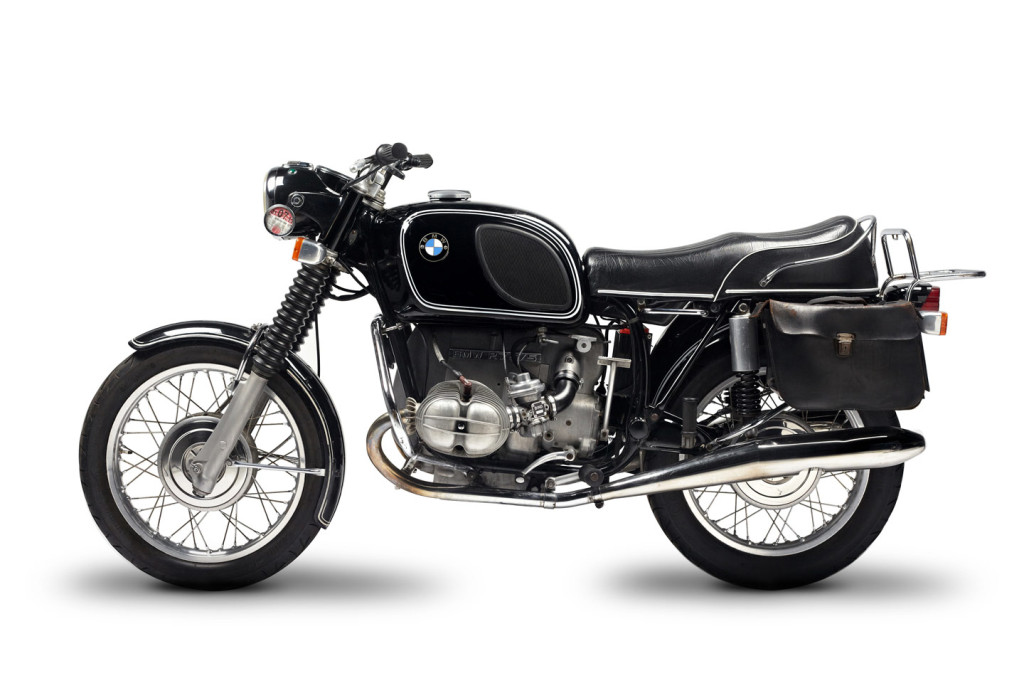
Powering the BMW R75/5 was a 749cc boxer-twin that healthily developed 50hp and 58Nm of torque, all of which being sent to the rear wheel using a shaft drive setup again. Coupled with a light kerb weight of 210kg, the R75/5 was regarded as the perfect all-rounder.
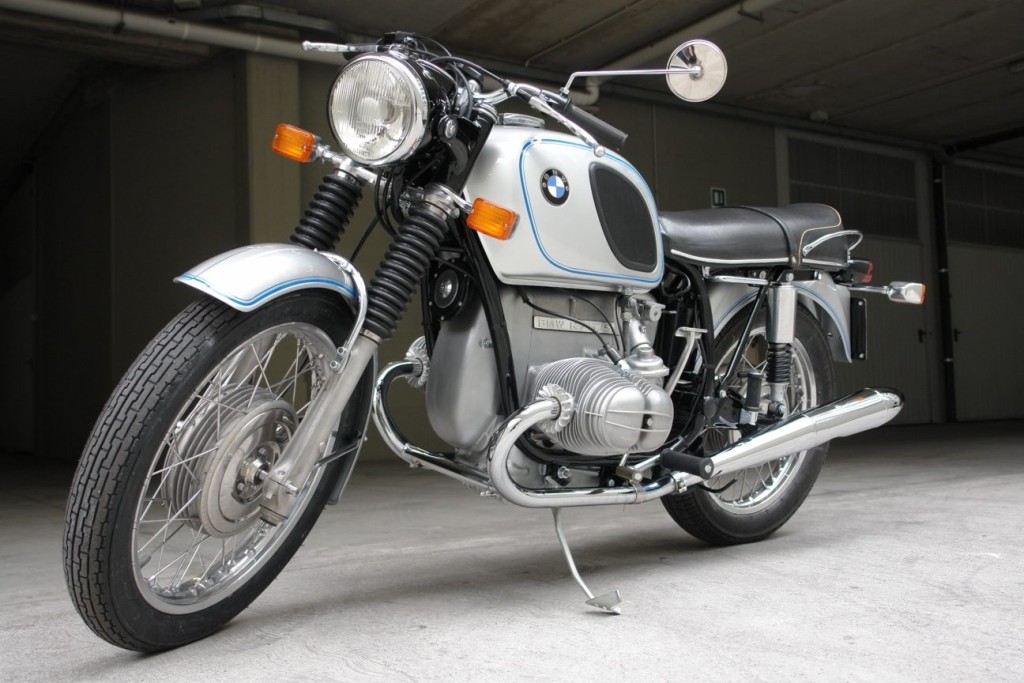
For a standard motorcycle, the R75/5 boasted excellent mid-range acceleration whilst its low weight figure made it one of the best-handling machines of its time. What added to that package was the R75/5’s seemingly good looks as well.
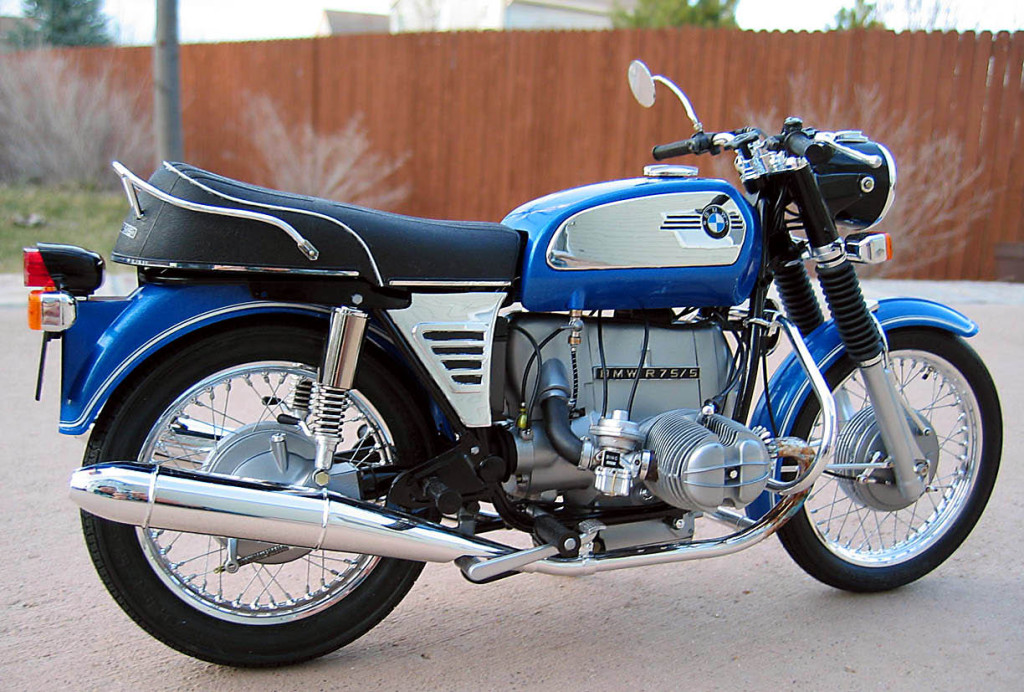
Though not as famous as its sporty stablemate the R90S that came slightly later in the decade, the R75/5 stood one of the best offerings as far as standard motorcycles go during its time.
5. BMW K100RS – The Flying Brick
The next renaissance for the BMW Motorrad marque came during the early 1980s. The first of which here was the BMW K100RS sport-touring bike that was produced from 1983 to 1989.
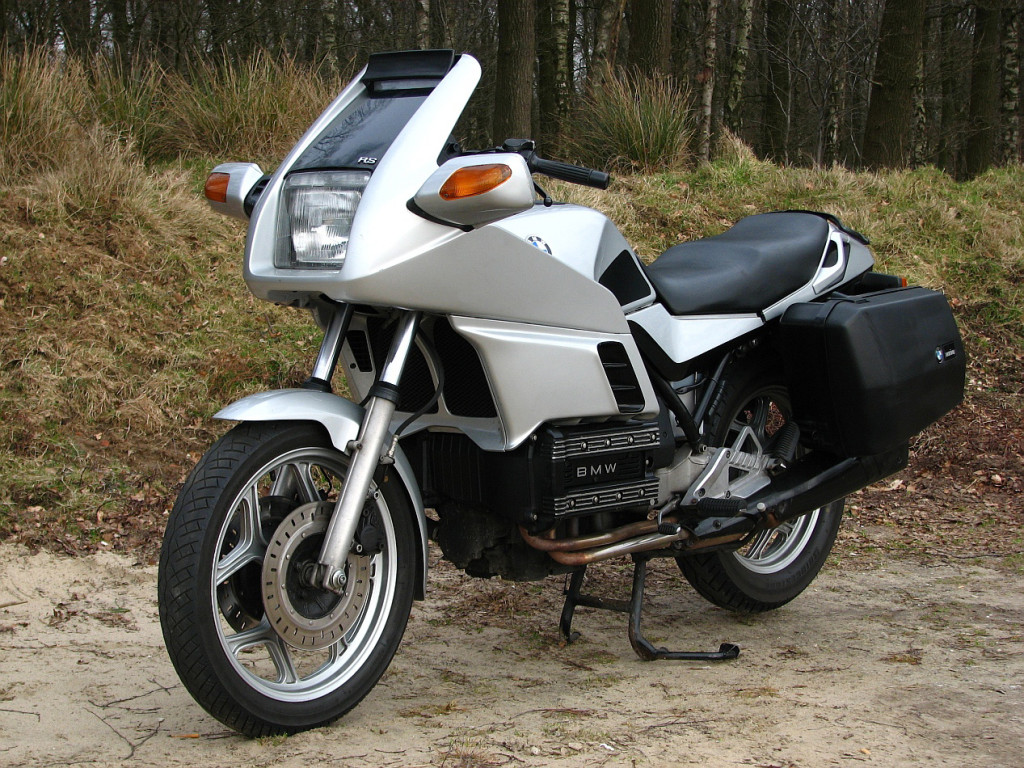
At first glance, it is easy to see how the K100RS earned its nickname as ‘The Flying Brick’. Don’t let looks fool you, that squared-out engine stood as BMW’s first new engine design in six decades. The DOHC 987cc in-line four-cylinder unit was an engineering marvel.
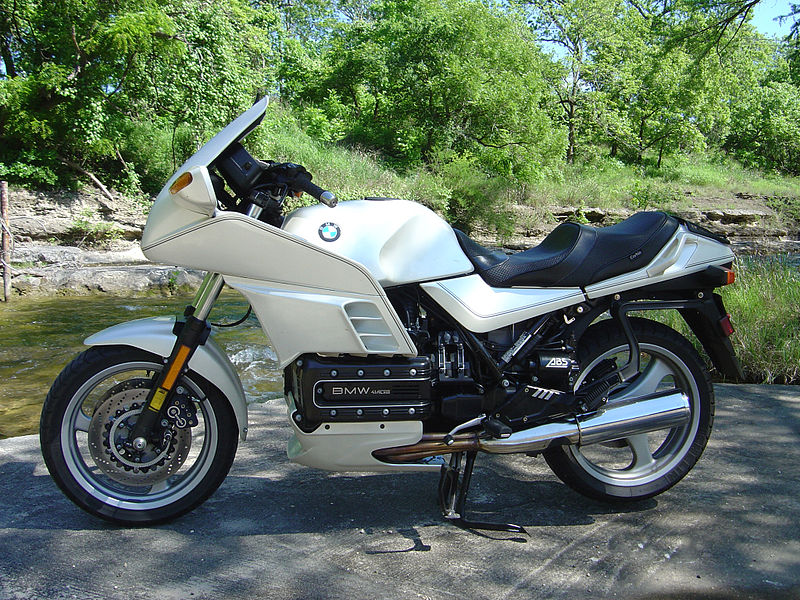
The mill was laid flat in the frame with the crankshaft positioned on the right and aligned with the shaft drive it was primed with. This innovative design gave better access during maintenance whilst the adoption of electronic fuel injection saw it boast segment-leading power and torque figures of 90hp and 85.8Nm.
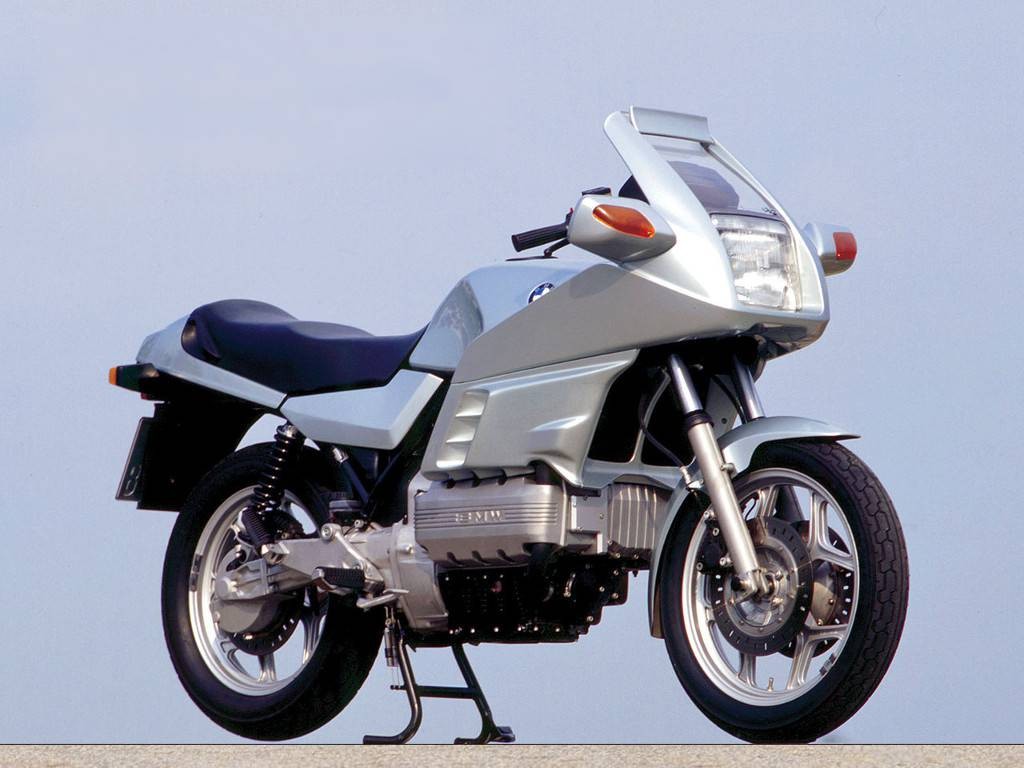
Despite its heavy 243kg weight figure, The Flying Brick was a stellar success against its seemingly ‘outdated’ peers at the time in terms of both performance and design. Only few rivals came close to it, but none were able to rob The Flying Brick of its crown as the ultimate sports touring bike of its decade.
6. BMW R80G/S
Simply put, the BMW R80G/S is THE bike responsible for creating and defining the adventure touring genre.
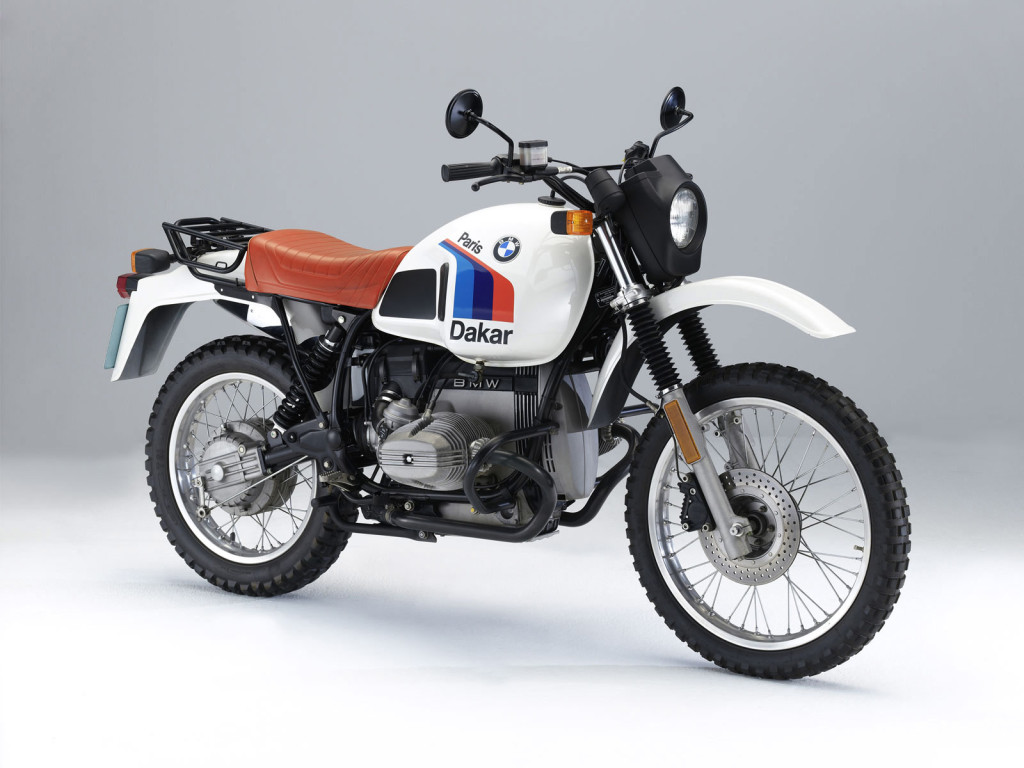
The BMW GS family started with this very model and it gave the world the first multi-sport bike that was truly able to cross continents over all kinds of terrains effortlessly.
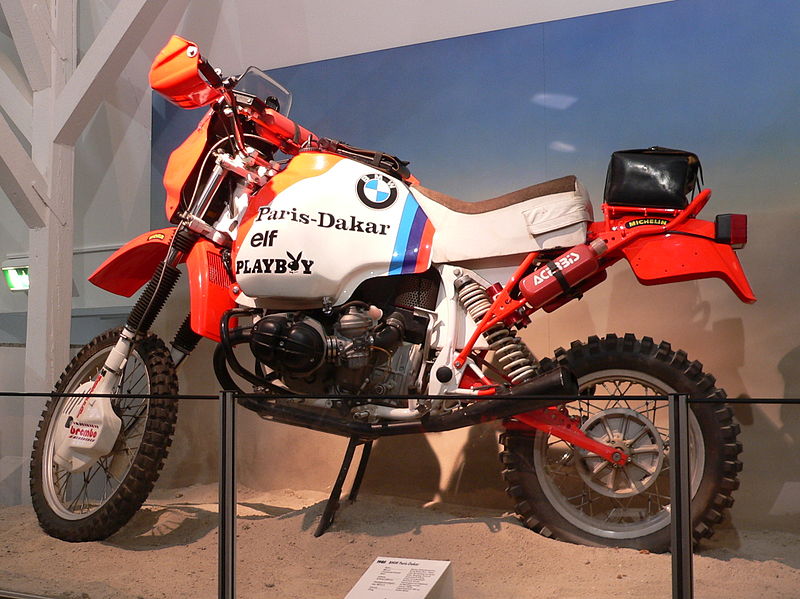
More importantly, it proved that BMW’s signature boxer engine and shaft drive layout was both reliable and highly durable when taken off the beaten path. With four Paris-Dakar Rally titles (1981, 1983, 1984 and 1984) credited to its name, it was unsurprising to see it sell in high numbers too as it became the top choice for overland adventure riders worldwide.
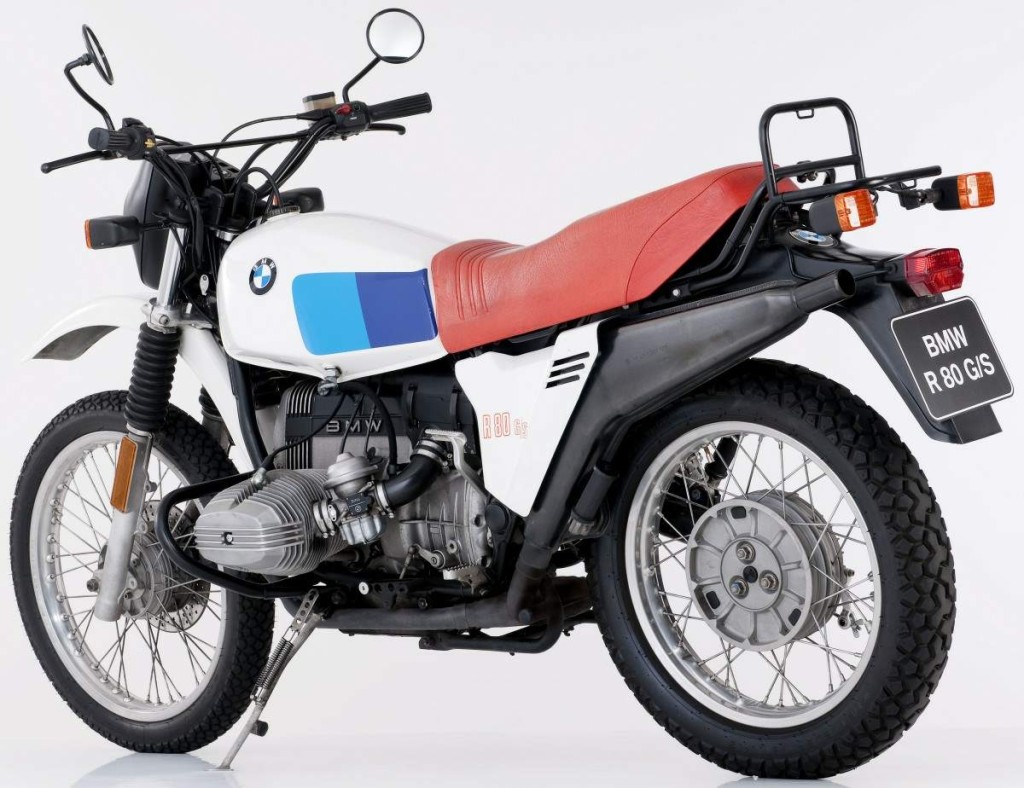
By the time production ceased in 1987, BMW saw more than 500,000 units of the R80G/S roll of its production line. The R80G/S’ successors would go on to enjoy similar successes, allowing the GS nameplate to stand as the ultimate benchmark for all in the adventure touring genre.
7. BMW K1
This next bike stands perhaps as one of the most controversial creations ever to wear the famed Bavarian badge. Hate or love its radical looks, the BMW K1 sport touring bike stood as one of the most advanced creations when it was released in 1988.
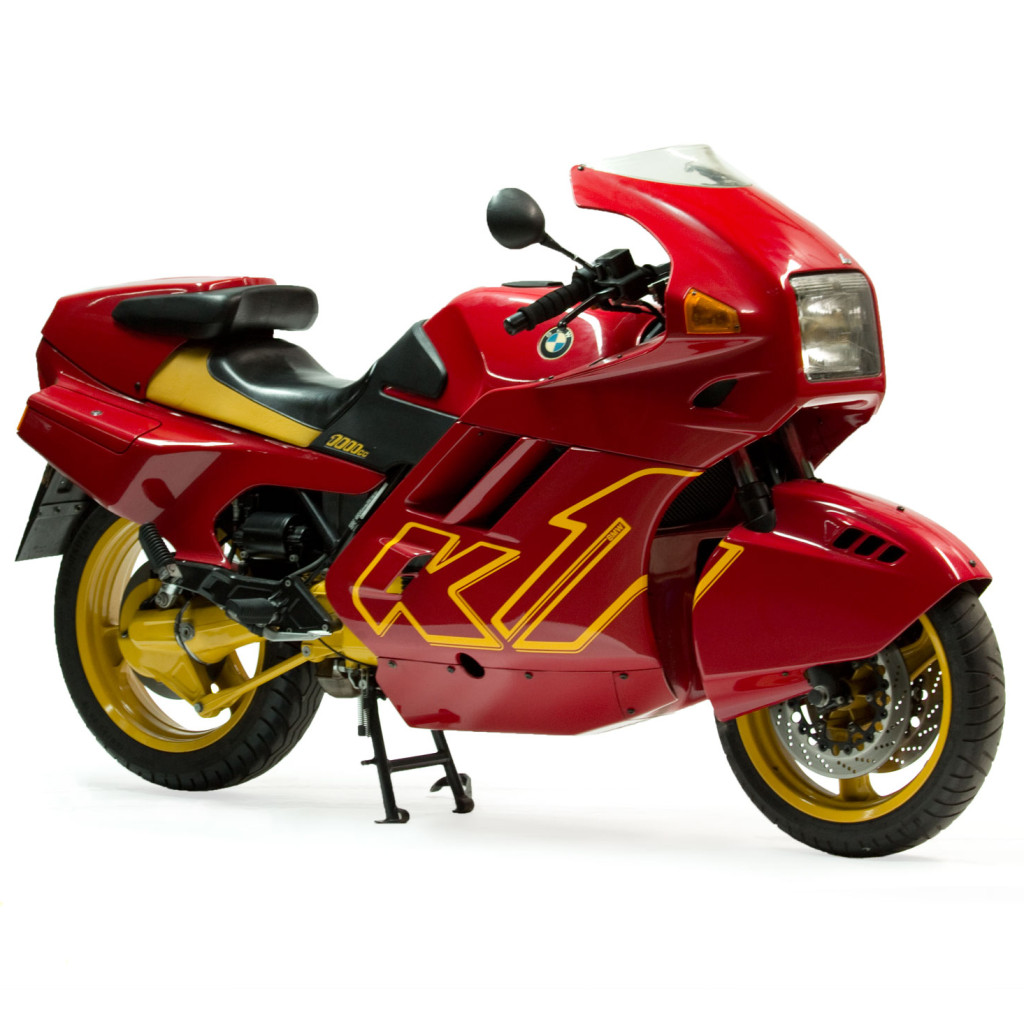
Based off the K100RS (aka The Flying Brick), BMW spent a great deal of time designing this bike in a windtunnel. The result was a fairing design comprised of seven lightweight pieces of glass fibre panels that also boasted an ultra-low drag coefficient.
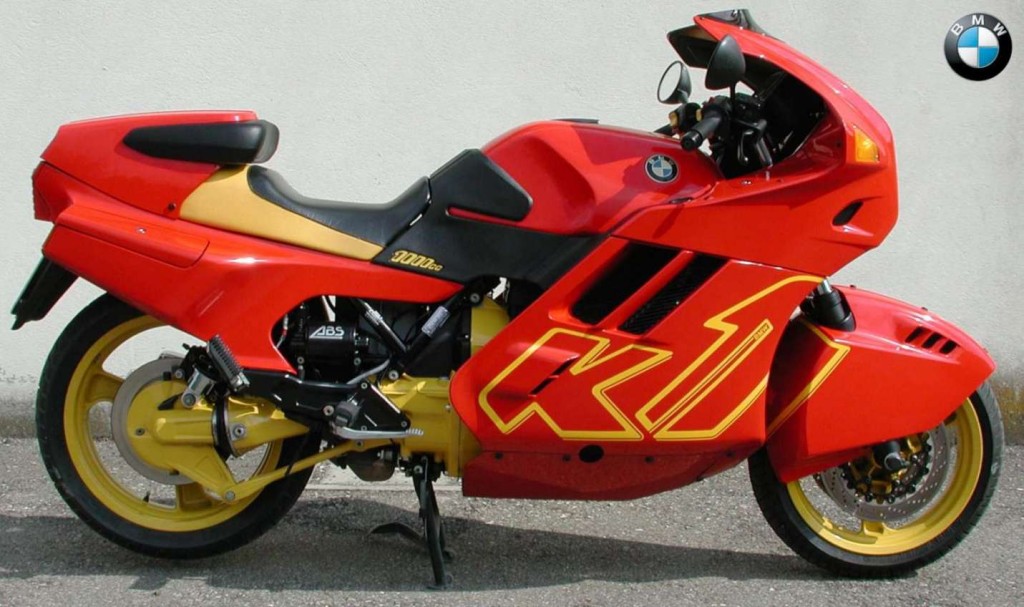
The bike was built to change the media and public perception of BMW as only a manufacturer of flat-twin tourers. The K1 somewhat succeded in this mission, but less than 7,000 units were built just before production ended in 1993 due to its expensive price tag and dividing looks.
8. BMW R1100RS
BMW’s next big step came when it released the R1100RS sport tourer in 1993. The model marked the arrival of BMW’s all-new (at the time) ‘Oilhead’ 1,085cc air- and oil-cooled boxer-twin engine.
The innovative mill was still primarily air-cooled, but it was supplemented with oil-cooled heads that allowed it to eclipse its predecessors through greater performance and efficiency. BMW also went to town at making the R1100RS the best sport-touring bike in its class as it had the full package – power, handling and balance.
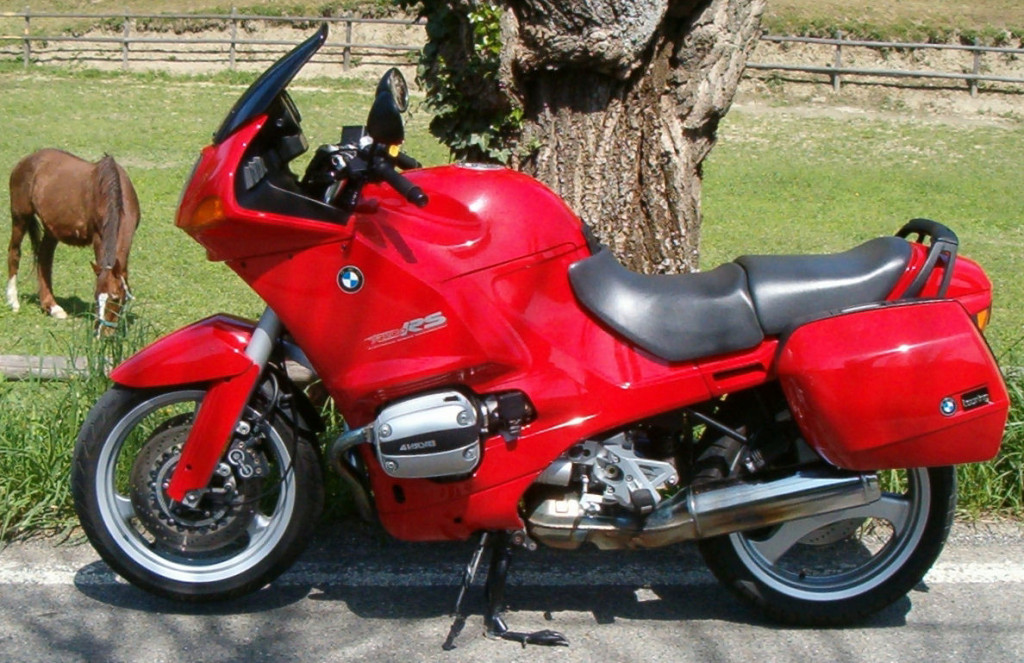
This is perhaps yet another one of the German’s marque’s most underrated models in the modern era simply because the engine it had would live on to this very day in a number of its current models, albeit updated significantly.
9. BMW R1200GS
Of course, no ultimate BMW bikes list would be complete if we didn’t include the king of adventure bikes itself, and that’s none other than the BMW R1200GS. For BMW, its GS model family has come a long way since its genesis – the R80G/S.
Again, the R1200GS sees the signature BMW boxer-twin mill and shaft drive setup proving to be a proper world-beater and segment benchmark. Though it has undergone various updates since 2004, the R1200GS is basically second to none in its segment.
Want proof of this bike’s prowess? Just read our report on the recent BMW GS Trophy 2016 held in Thailand earlier this year.
In other words, the R1200GS is the undisputed king of adventure bikes, and we can’t think of any other machine that can eclipse its performance and durability.
10. BMW S1000RR
Whilst not really known as a purveyor of high performance litre-class superbikes, all that changed with the arrival of the BMW S1000RR in 2009.
Initially built for WSBK competition, the S1000RR soon became the benchmark bike as far as road-going litre-class missiles were concerned.
Packing a 999cc in-line four-cylinder screamer underneath a sharp and stylish exterior, both the S1000RR’s looks and performance matched each other brilliantly. What sweetened its package were the advanced electronic rider aids it packed that made it not only safer, but also a highly controllable beast at the same time.
After undergoing a facelift in 2015, the BMW S1000RR simply got better thanks to even more intelligent electronics derived from its HP4 hypersport cousin. It would also spawn a naked S1000R streetfighter and S1000XR adventure sport offshoots, proving to the world that BMW’s non-boxer powertrains were just as good and versatile, if not better, than its competitors.
11. BMW K1600 series
Speaking of BMW’s modern non-boxer powertrains, another model that deserves praises for fuelling that part of BMW is the K1600 series.
Available in K1600GT sport touring and flagship K1600GTL luxury cruiser forms, the model has set new standards for the touring genre when it was released in 2011.
For starters, it packed a 1,649cc in-line six-cylinder that stood as one of the world’s most compact six-pots around. Paired with a shaft final drive, the mill would propel both the K1600GT and K1600GTL to chart new heights in their respective segments.
And, when it came to touring luxury, the BMW K1600GTL is, like a few of its other siblings, second to none in its field. In other words, the K1600GTL is perhaps the ultimate luxury touring bike that money can buy today.
12. BMW HP4
Although BMW set new performance standards for both itself and its rivals with the S1000RR, it simply wasn’t enough for some. Perhaps that was what prompted the German marque to develop the model’s HP4 ‘hypersport’ offshoot in 2013.
Based off the pre-facelift S1000RR model, the HP4 offered more power from its 999cc in-line four-cylinder screamer, and it was paired with even more advanced electronic rider aids such as semi-active suspension amongst them – many of which have trickled down into the face-lifted S1000RR.
This was a properly focused trackday machine that actually came with lights and number plates. Though only a handful were built in its short one-year production schedule, many HP4s were snapped up by performance enthusiasts worldwide and it quickly rose to become one of the most highly revered trackday weapons of recent times.

